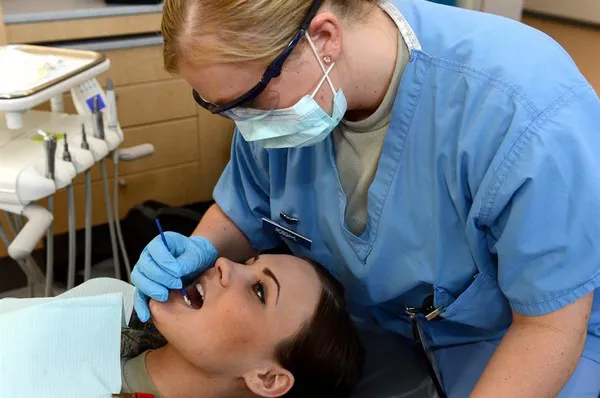In today’s fast-paced world, maintaining good oral health is not only essential for a confident smile but also for overall well-being. For individuals considering orthodontic treatments to achieve that perfect smile, the question often arises: “Do I need orthodontic coverage?” In this article, we will delve into the significance of having dental insurance that includes orthodontic coverage and explore the various aspects that make it a valuable investment in your oral health journey.
1. Understanding the Basics of Orthodontic Coverage:
Orthodontic coverage is a specialized form of dental insurance designed to assist individuals in managing the costs associated with orthodontic treatments. These treatments include braces, aligners, and other corrective procedures aimed at enhancing the alignment and appearance of teeth. While regular dental insurance covers routine check-ups and basic dental procedures, orthodontic coverage focuses on the specific needs of those seeking orthodontic interventions.
Extended Information:
Orthodontic coverage typically encompasses a percentage of the total treatment cost, and the coverage varies among different insurance plans. Some plans may cover a significant portion of orthodontic expenses, while others may have limitations or waiting periods. It’s crucial to carefully review the terms and conditions of your insurance plan to understand the extent of your coverage.
2. The Importance of Orthodontic Insurance:
Investing in orthodontic coverage can have long-term benefits for both oral health and financial well-being. Orthodontic treatments are often necessary for addressing issues such as misaligned teeth, bite problems, and jaw disorders. Without proper coverage, the financial burden of these treatments can be overwhelming.
Extended Information:
According to a study published in the Journal of Dental Research, individuals who receive orthodontic treatments experience not only improved dental health but also enhanced overall well-being. The study found a significant correlation between orthodontic interventions and increased self-esteem and confidence, highlighting the importance of addressing dental concerns through comprehensive coverage.
3. Exploring the Benefits of Dental Coverage:
Beyond orthodontic considerations, having comprehensive dental coverage offers a myriad of benefits. Routine dental check-ups, cleanings, and preventive measures are integral components of a comprehensive dental plan. These preventive measures can help detect and address dental issues at an early stage, potentially saving individuals from more extensive and costly treatments down the line.
Extended Information:
A report by the American Dental Association (ADA) emphasizes the role of preventive dental care in reducing the prevalence of oral diseases. Regular dental visits not only contribute to better oral health but also have a positive impact on systemic health. By including orthodontic coverage in your dental insurance, you are taking a proactive step towards maintaining optimal oral health throughout your life.
4. Orthodontic Treatment Options and Coverage:
Orthodontic treatments have evolved significantly over the years, providing individuals with various options to address their specific dental needs. From traditional braces to innovative clear aligners, the diversity of treatment options allows for personalized and effective solutions. Understanding the coverage for each option is crucial in making informed decisions about your orthodontic care.
Extended Information:
Recent advancements in orthodontics, such as Invisalign and other clear aligner systems, have gained popularity for their discreet and convenient nature. Many dental insurance plans now offer coverage for these contemporary treatment options, recognizing the evolving landscape of orthodontic care.
5. Financial Considerations for Orthodontic Care:
The financial aspect of orthodontic care is a significant consideration for individuals contemplating treatment. While the upfront costs may seem daunting, having orthodontic coverage can substantially alleviate the financial strain. Additionally, some insurance plans offer flexible payment options, making orthodontic care more accessible to a broader range of individuals.
Extended Information:
A report by the National Association of Dental Plans highlights the increasing recognition of orthodontic coverage as an essential component of comprehensive dental insurance. The report suggests that individuals with orthodontic coverage are more likely to seek timely orthodontic interventions, contributing to better oral health outcomes in the long run.
In conclusion, the decision to invest in orthodontic coverage is a personal one, but understanding its importance in the context of overall oral health is paramount. Dental insurance that includes orthodontic coverage not only addresses specific treatment needs but also promotes a proactive approach to maintaining good oral health throughout life. As you navigate the options available, consider the long-term benefits and potential savings that come with comprehensive dental coverage tailored to your orthodontic requirements.
Related Links:
Unveiling the Truth: Is Invisalign Covered Under Orthodontics?
Mastering the Art of Removing Orthodontic Brackets: A Comprehensive Guide
Navigating the Financial Landscape: Are Orthodontics Covered by Insurance?































